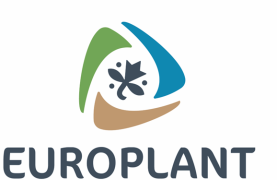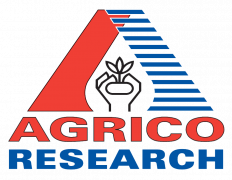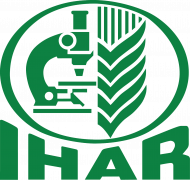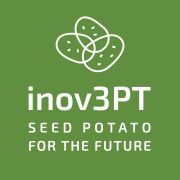Abstract
The incidence of brown leaf spot, attributed to Alternaria tenuissima, has exhibited an increase within potato fields in Iran. The economic losses caused by brown leaf spot and detection of cross-resistance among commonly used fungicides have incited research towards identifying alternative biocontrol sources to manage this aggressive pathogen in combination with chemicals. Among bacterial isolates that showed inhibition of A. tenuissima growth, the tested biocontrol properties and plant growth-promoting (PGP) characteristics varied. Three strains with antifungal traits and one strain with PGP capacity were chosen for further in vitro and in vivo experiments. They were identified as Bacillus halotolerans-H14, Bacillus sp.-H52, Serratia polymuthica-FR1, and Stenotrophomonas sp.-J29, respectively, using a combination of phenotypic traits and 16S rRNA sequencing. In co-culturing assays with the aforementioned bacterial strains, it was observed that they induced hyphal structural deformation and suppressed spore germination of A. tenuissima. Monitoring of the disease symptoms showed the ability of H14, FR1, and J29 to decrease disease severity under in vivo challenge experiments. Moreover, the role of aforementioned bacteria was studied in activation of potato defence pathways against A. tenuissima. During Solanum tuberosum-A. tenuissima interaction, biochemical attributes related to defence response such as superoxide and hydrogen peroxide production, redox enzymes (catalase, superoxide dismutase, ascorbate peroxidase, and guaiacol peroxidase), phenylalanine ammonia-lyase activity, and accumulation of total phenolics were markedly increased in potato plants pre-treated with Stenotrophomonas sp.-J29 and Serratia plymuthica-FR and post-inoculated with A. tenuissima. This study provides the initial evidence demonstrating the potential role of Bacillus halotolerans, Serratia plymuthica, and Stenotrophomonas sp. as prohibitor of disease progression as well as biological inducer of resistance in potato—A. tenuissima interplay.















